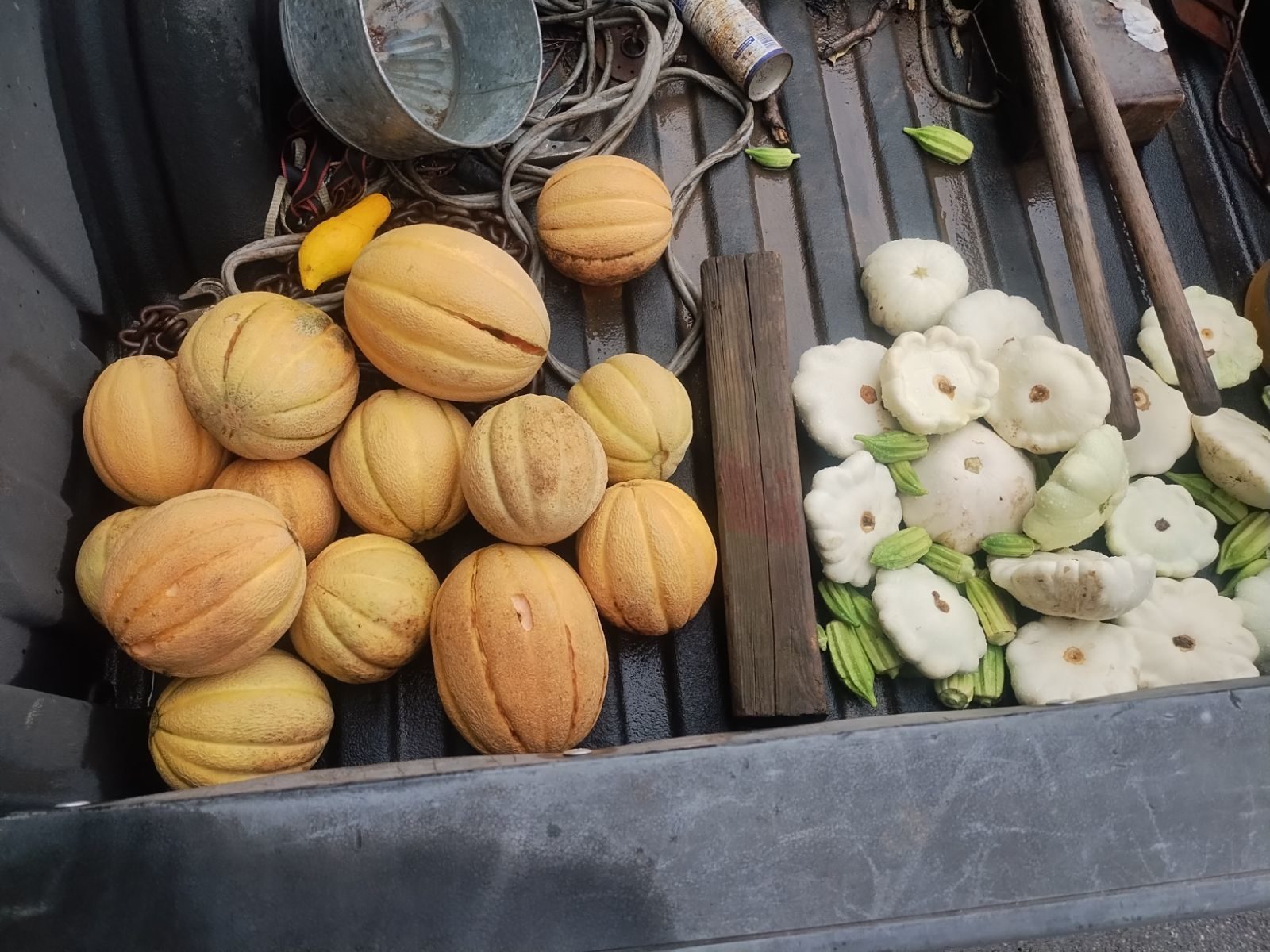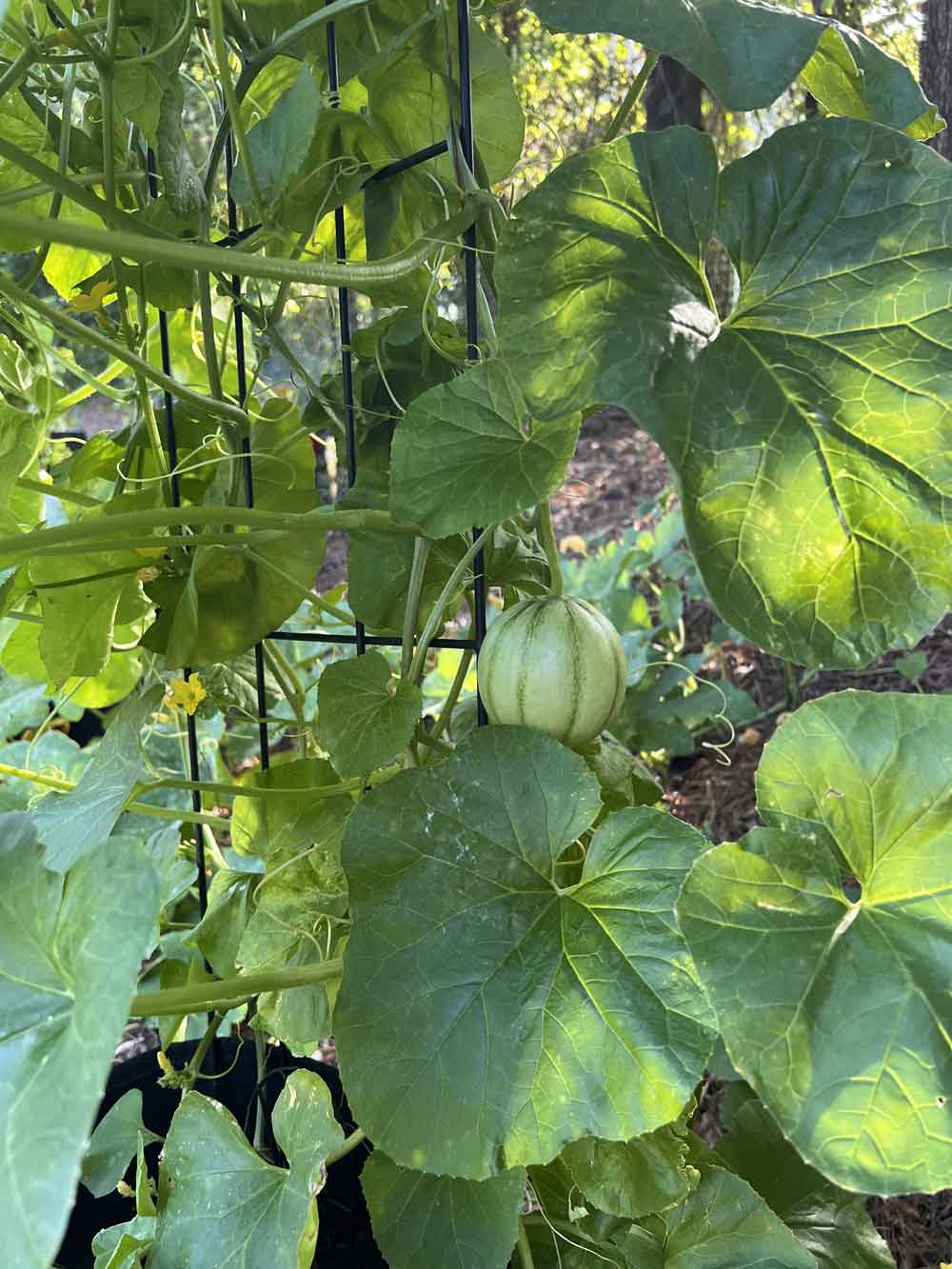About Melons
Melons are tender, warm-season, trailing, annual plants that need lots of summer warmth to produce their sweet, juicy, aromatic fruits. Melons, closely related to cucumbers, share a similar growth habit with vigorous, sprawling vines, large leaves, bright yellow flowers, and clinging tendrils.
When to Plant Melon Seeds
Melons typically take around 80 to 100 days from planting to harvest, depending on the variety. If you have a short growing season, begin planting your melon seeds indoors three to four weeks before the last expected frost date. In areas with a longer season, consider directly sowing your melon seeds when the soil is consistently above 70°F.
Where to Plant Melon Seeds
Plant seeds in an area of full sun and in nutrient rich soil. Choose a sunny location that receives at least six hours of direct sunlight with well-draining, fertile soil rich in organic matter.
How to Plant Melon Seeds
Before planting, amend your soil with compost or aged manure to provide the melons adequate nutrition. Melons are vining plants, typically needing two the three feet apart in rows spaced six to eight feet apart. Create mounds and place three to five seeds, or one strong transplant, per hill and water the area. Apply a layer of mulch around the plants to help retain moisture. Water melons regularly, especially during hot weather.
How to Care for Melons
A melon’s best flavor, aroma, texture, and sweetness come from a high sugar content. To grow truly sweet melons, they need plenty of sunlight, warm temperatures, adequate water, and protection from pests and diseases. Any stress—whether from insects, leaf diseases, weeds, poor nutrition, improper watering, or cold, cloudy weather—can hinder sugar production and affect the fruit’s taste.
Melons rely on bees for pollination, make sure your garden has bee-friendly flowers nearby or you will need to hand-pollinate the flowers. To prevent melon rot and protect the fruit from pests and rodents, keep the melons off the ground as it grows. If vining along the garden bed, a paper plate can be placed under the melon to serve this purpose.
How to Harvest Melons
As melons mature, they require less water to ripen properly. Cutting back on watering before harvest allows the plant to focus its energy on concentrating sugars in the fruit, resulting in a sweeter and more flavorful harvest. Reduce water as the melons begin to show signs of ripening, such as a color change, a sweet fragrance, and a slight softening at the stem end. Instead of fully ceasing watering, gradually reduce the frequency and amount of water you provide in the days leading up to harvest.
Look for the rind color to turn from green to yellow or tan. Harvest your melon when it is easy to pull from the vine, but not falling off.
Pests and diseases are somewhat common with melons, so consistent attention is best.



